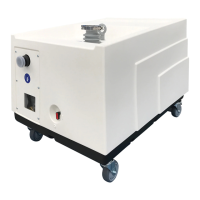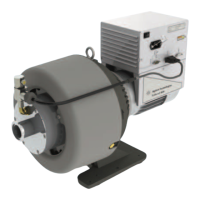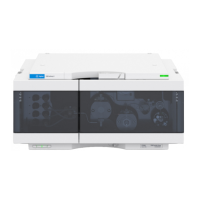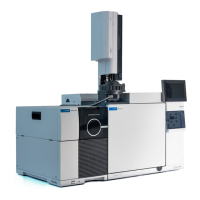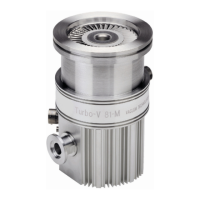1260 Infinity II Flexible Pump User Manual 97
5 How to Optimize the Performance of Your Module
How to Achieve Higher Resolution
square root of N so doubling the length of the column will increase resolution by
a factor of 1.4. What is achievable depends on the viscosity of the mobile phase
as this relates directly to the pressure. Methanol mixtures will generate more
back pressure than acetonitrile mixtures. Acetonitrile is often preferred because
peak shapes are better and narrower in addition to the lower viscosity but
methanol generally yields better selectivity (certainly for small molecules less
than about 500 Da). The viscosity can be reduced by increasing the temperature
but it should be remembered that this can change the selectivity of the
separation. Experiments will show if this leads to increase or decrease in
selectivity. As flow and pressure are increased it should be remembered that
frictional heating inside the column will increase and that can lead to slightly
increased dispersion and possibly a small selectivity change both of which could
be seen as a reduction in resolution. The latter case might be offset by reducing
the temperature of the thermostat by a few degrees and again experiment will
reveal the answer.
The van Deemter curve shows that the optimum flow rate through an STM
column is higher than for larger particles and is fairly flat as the flow rate
increases. Typical, close to optimum, flow rates for STM columns are: 2 ml/min
for 4.6 mm i.d.; and 0.4 ml/min for 2.1 mm i.d. columns.
In isocratic separations, increasing the retention factor, k, results in better
resolution because the solute is retained longer. In gradient separations the
retention is described by k
*
in the following equation:
where:
• k
*
= mean k value,
• t
G
= time length of gradient (or segment of gradient) (min),
• F = flow (ml/min),
• V
m
= column delay volume,
• %B = change in fraction of solvent B during the gradient,
• S = constant (ca. 4-5 for small molecules).

